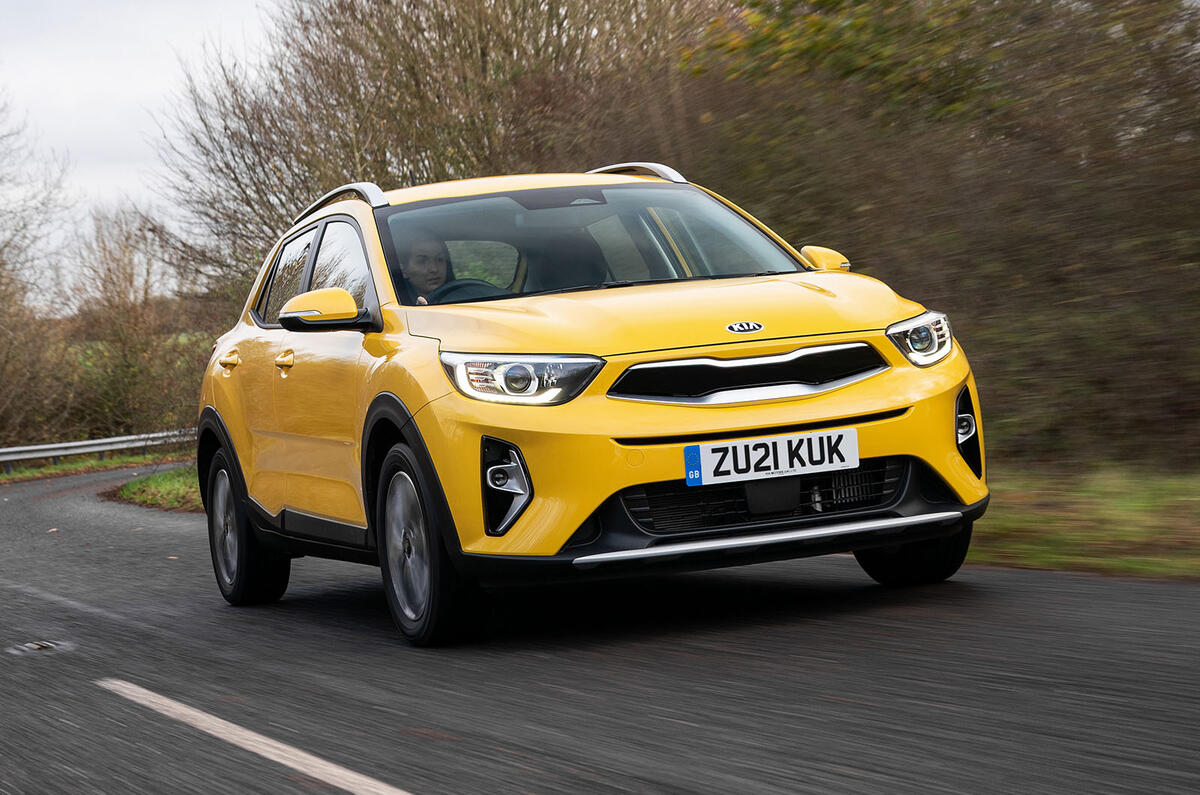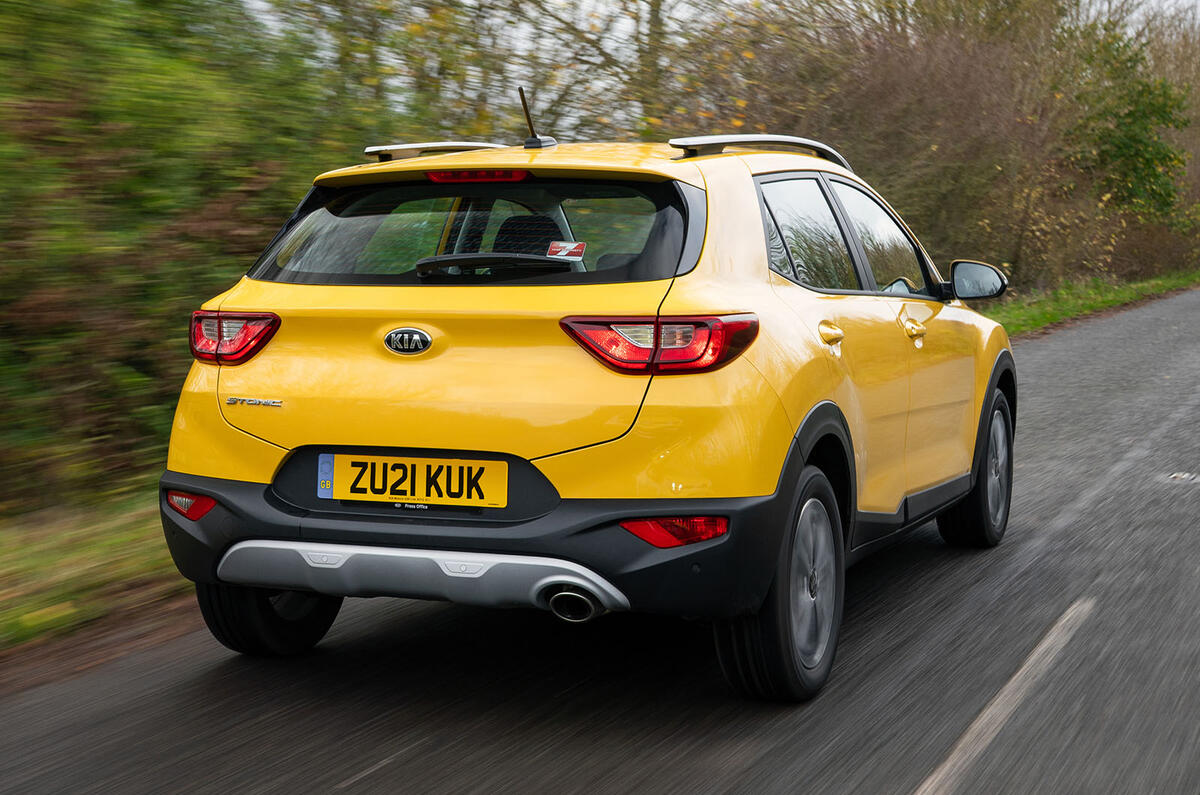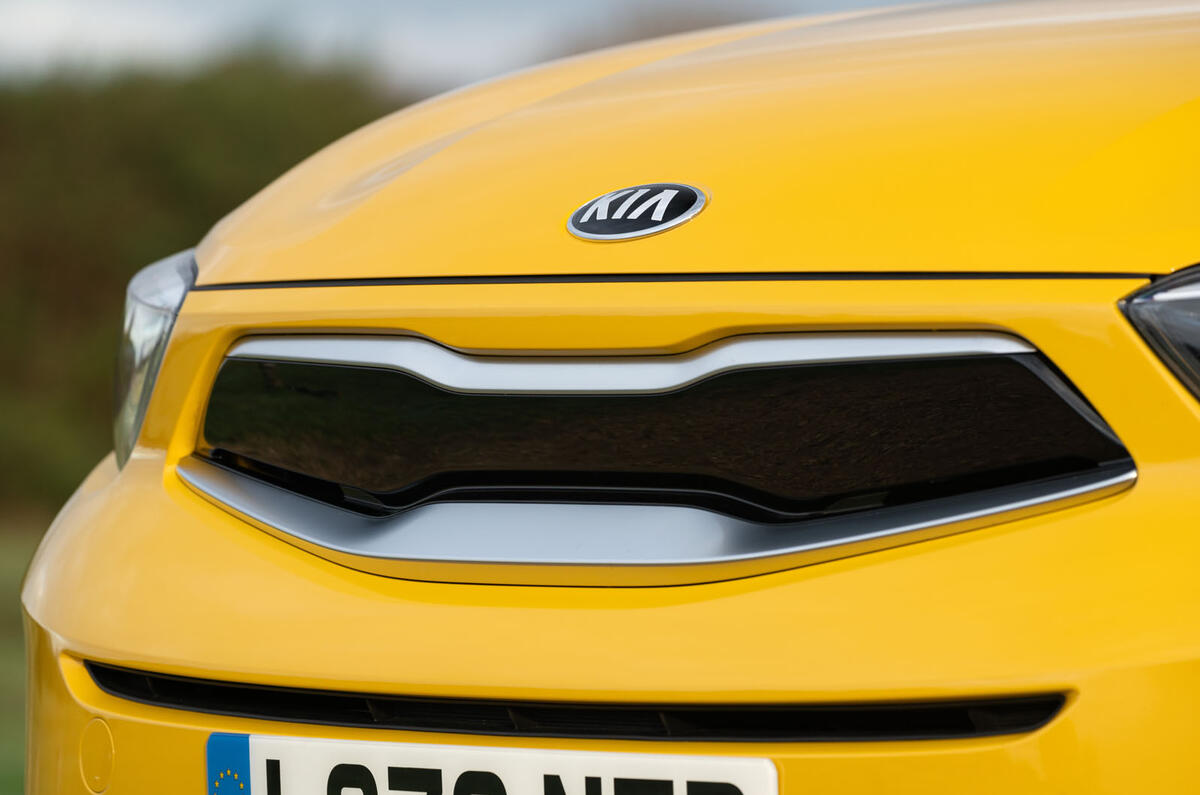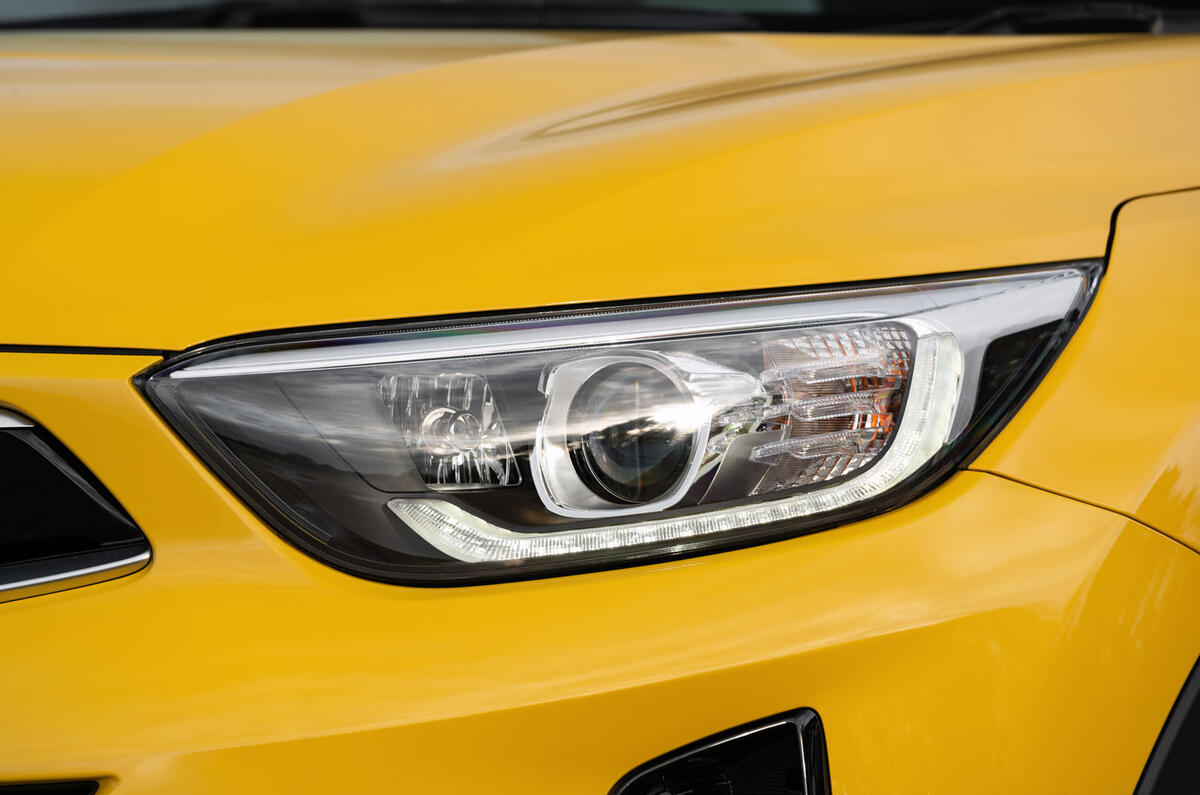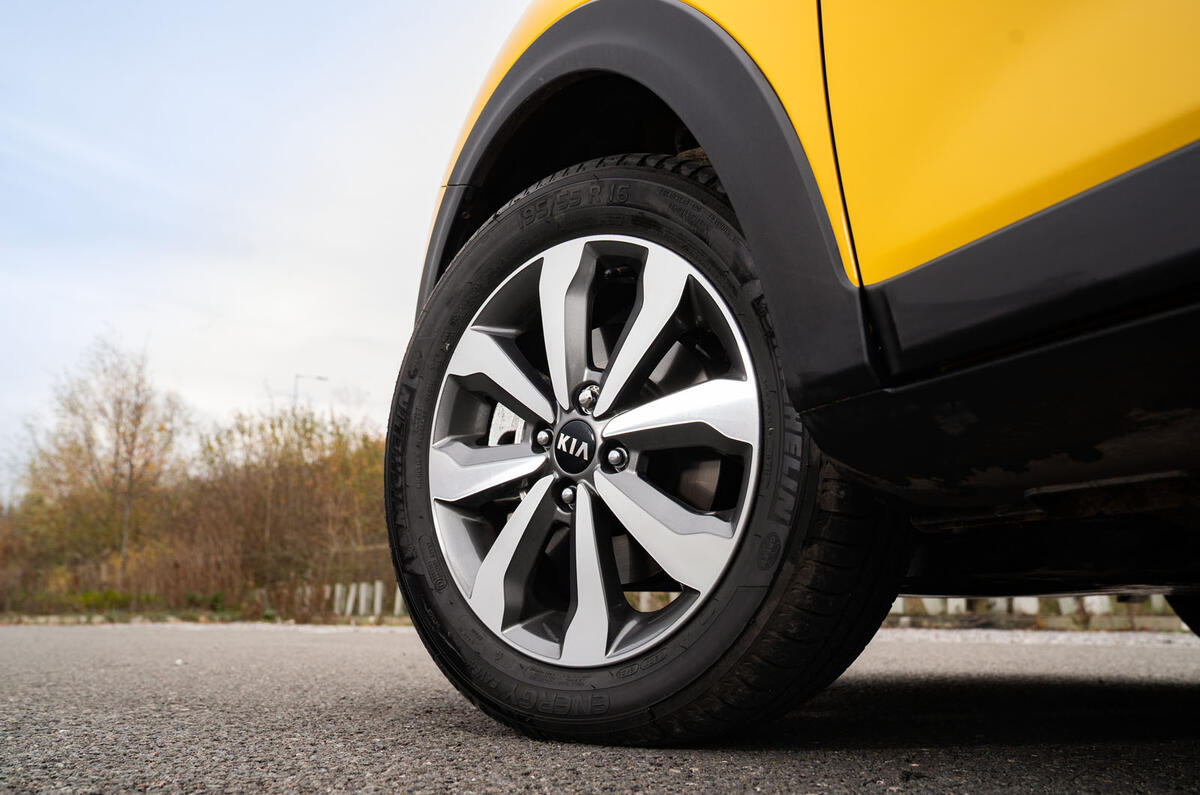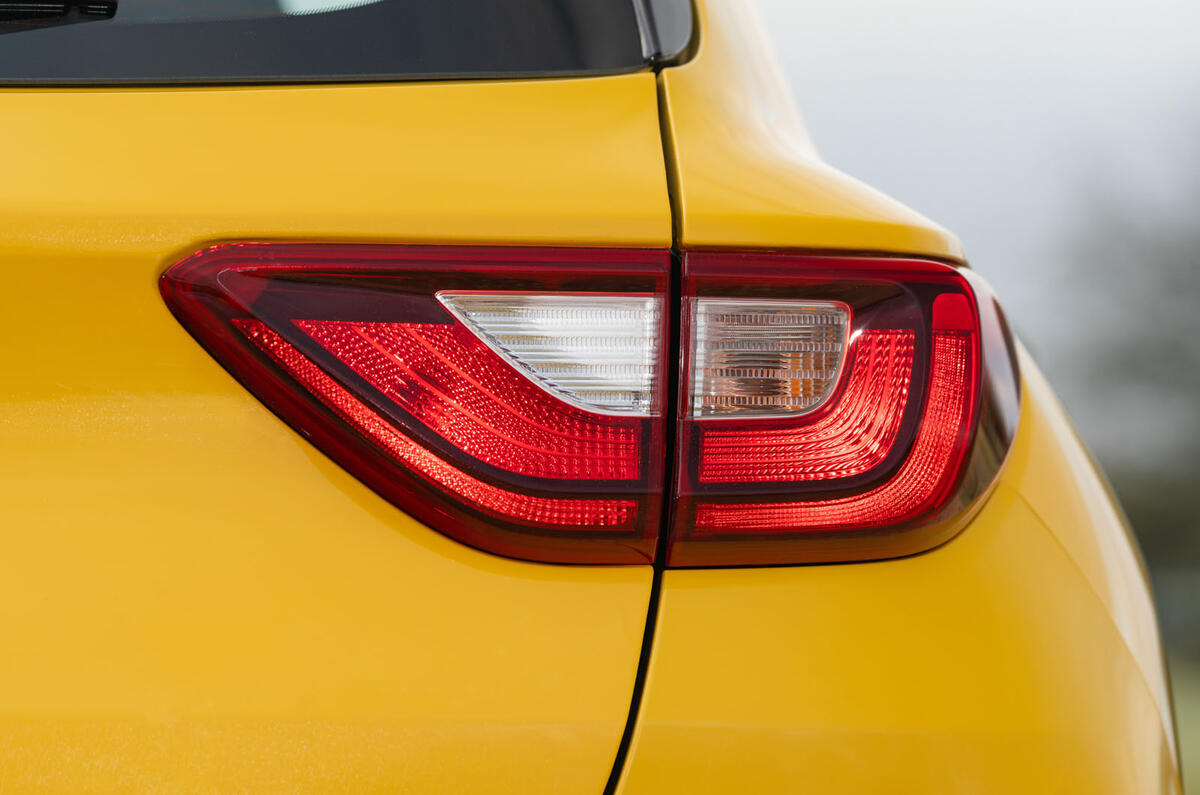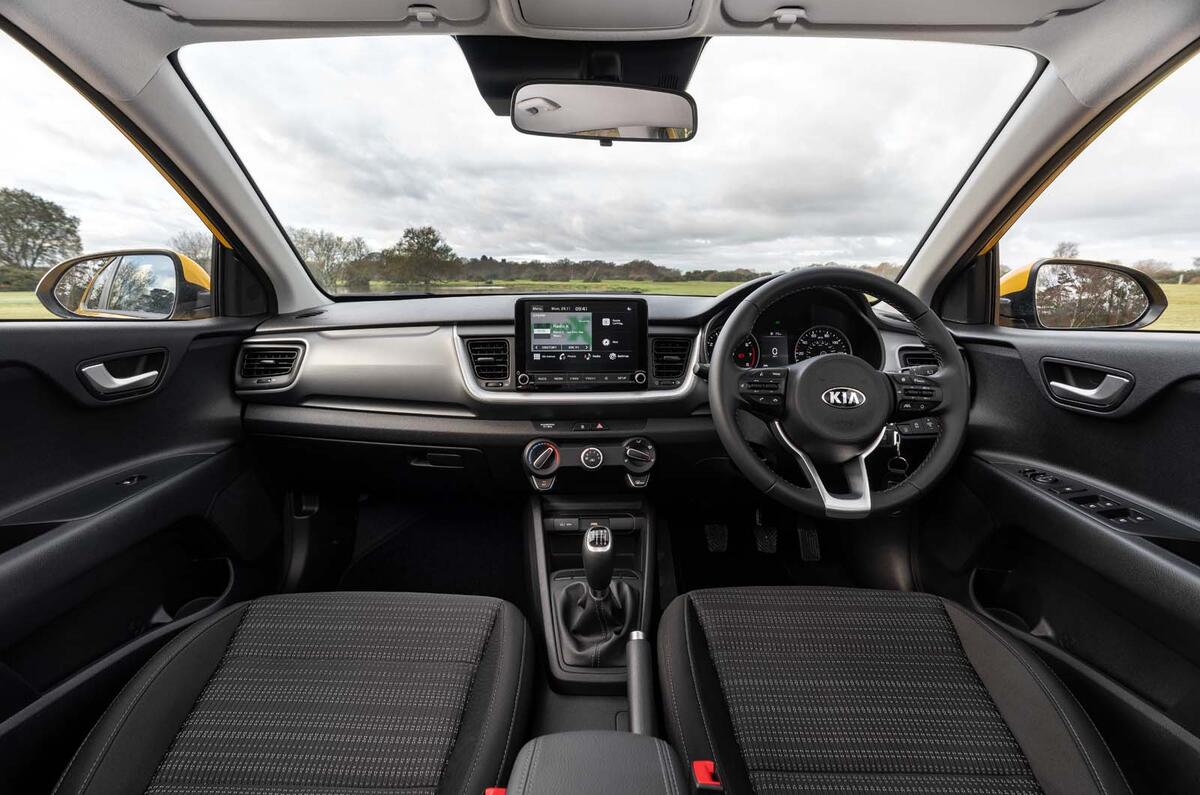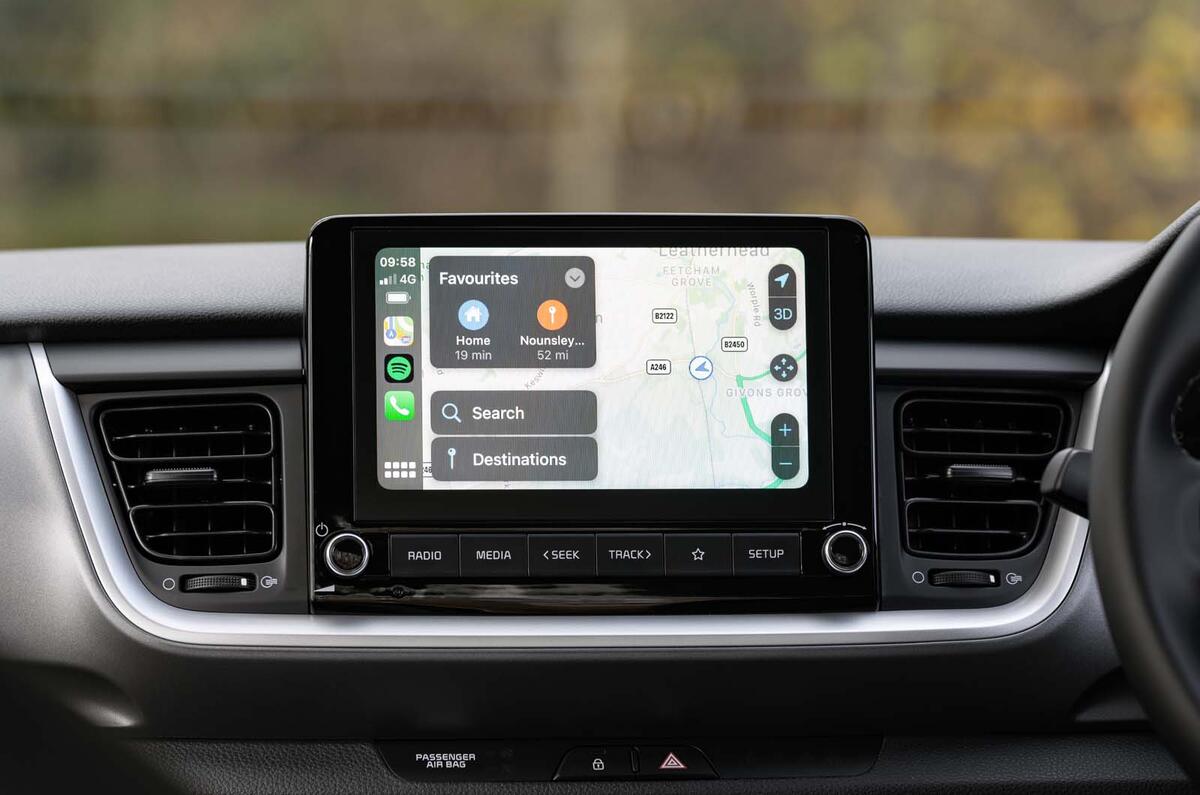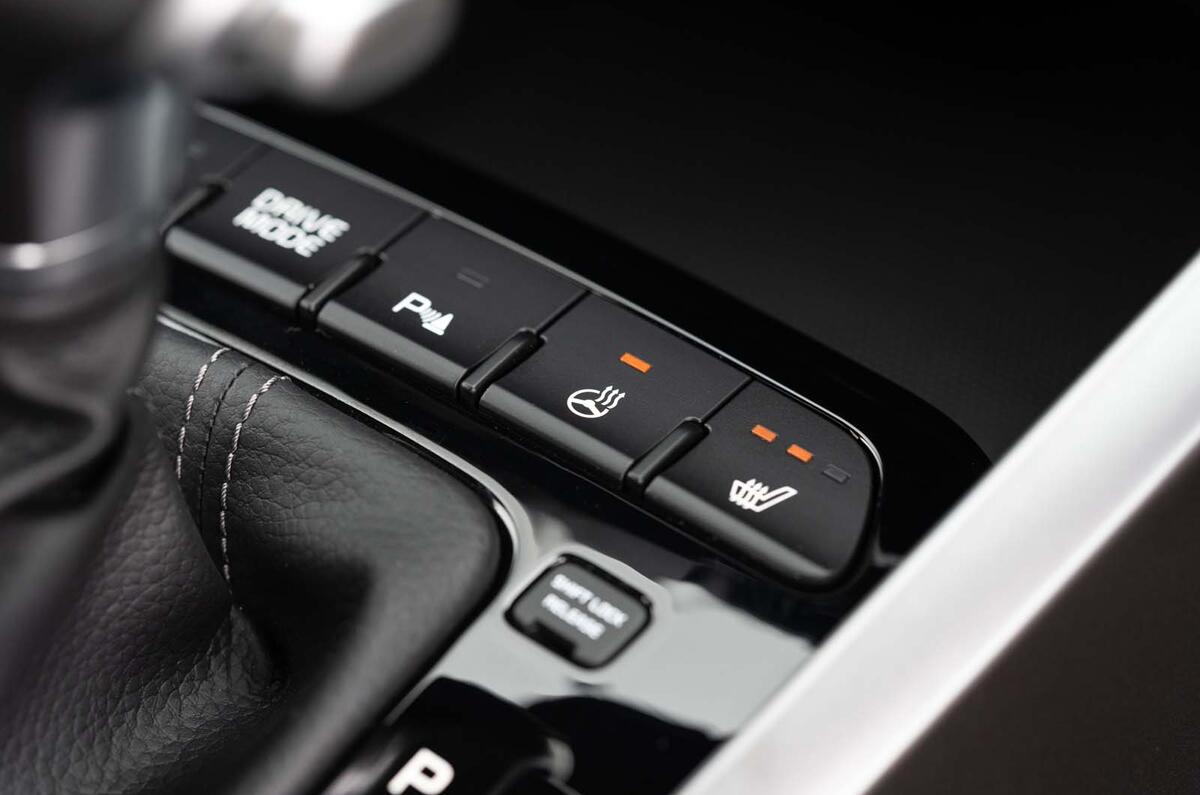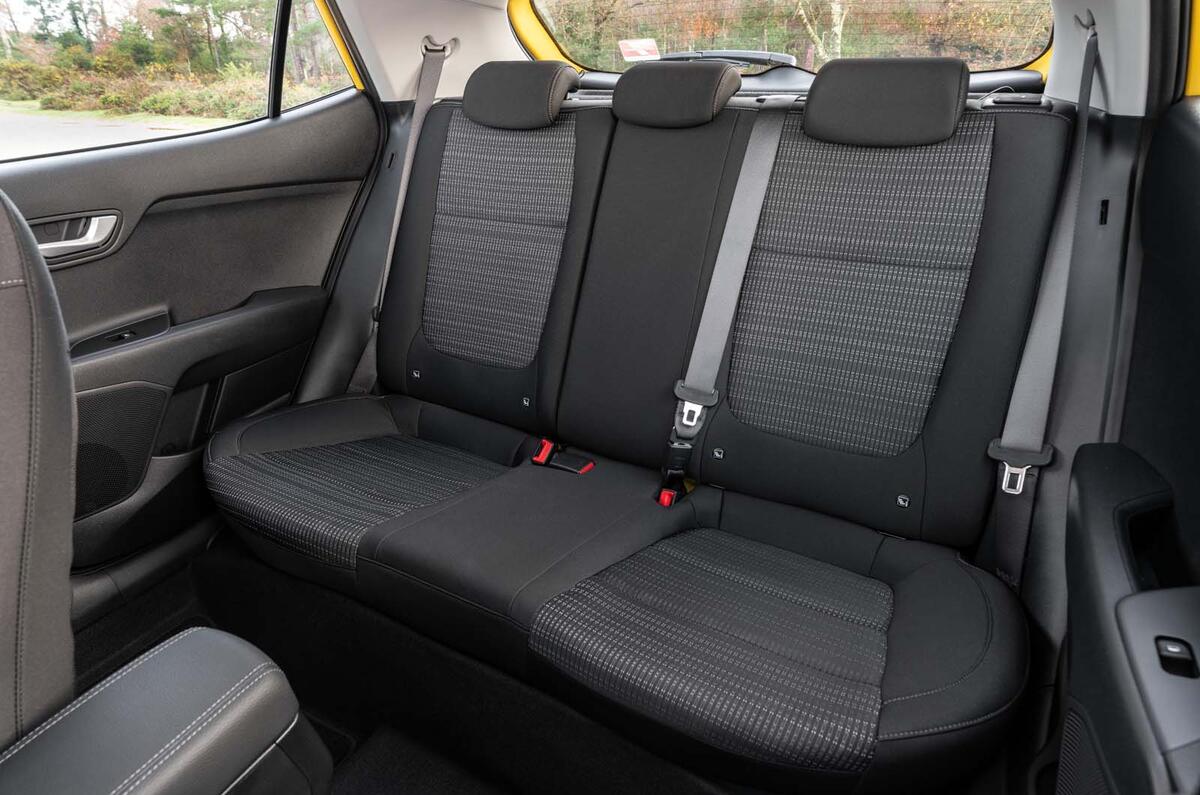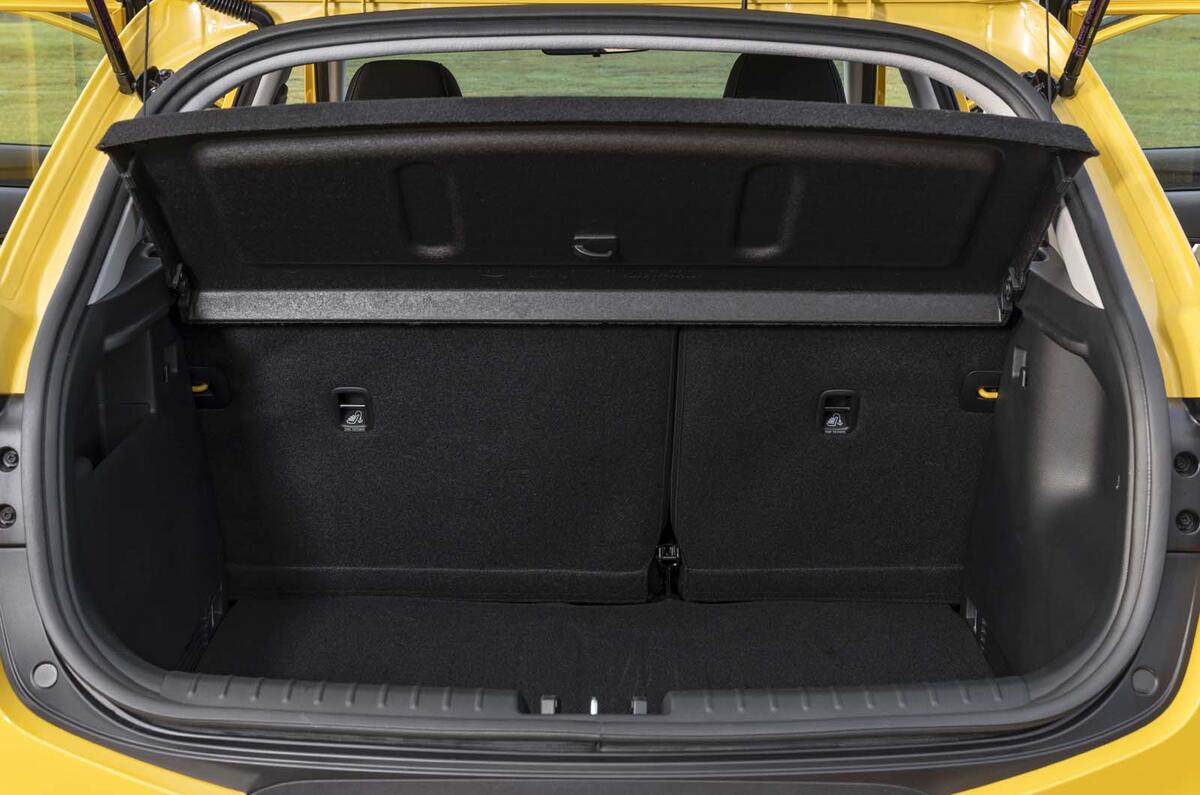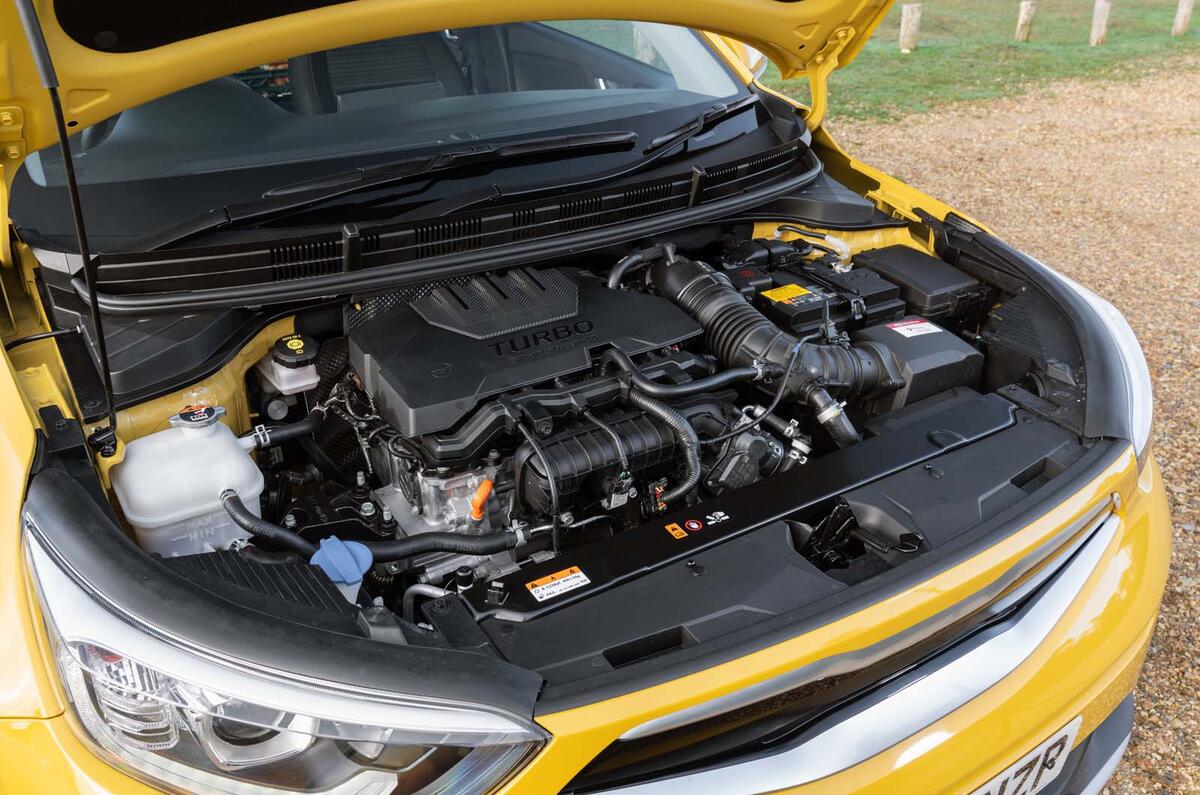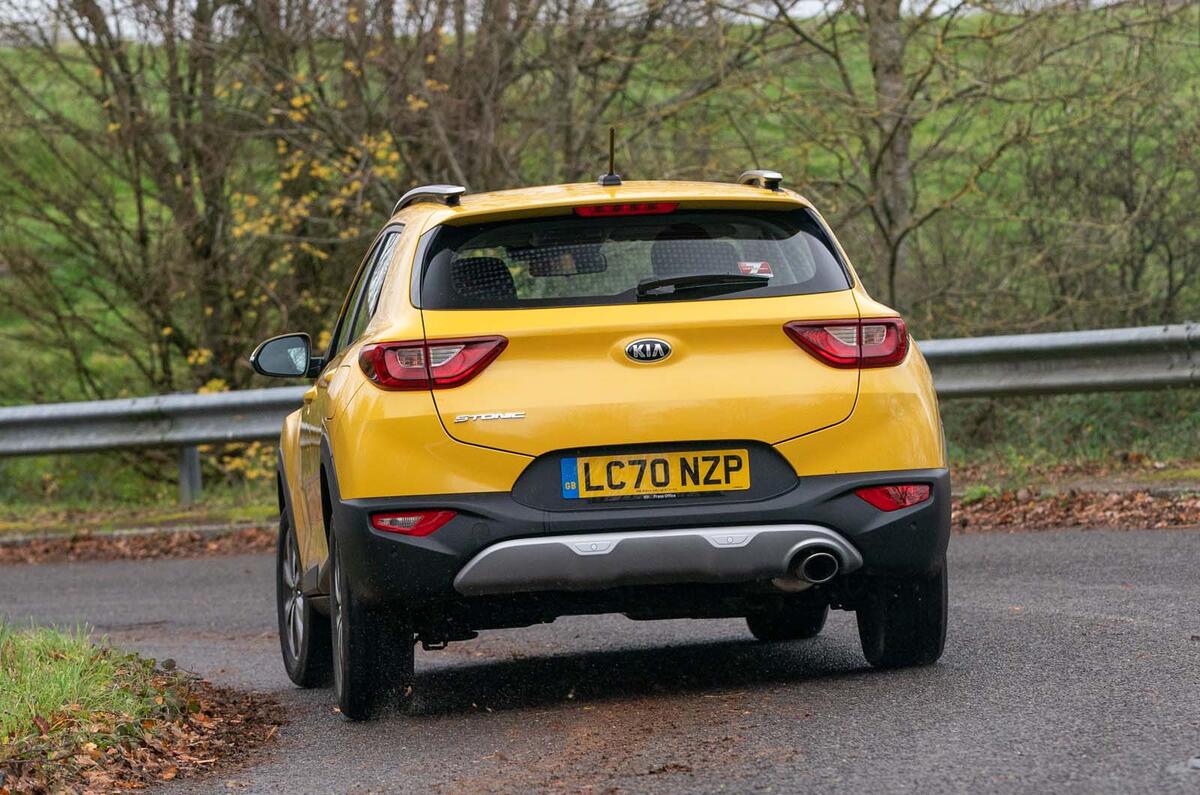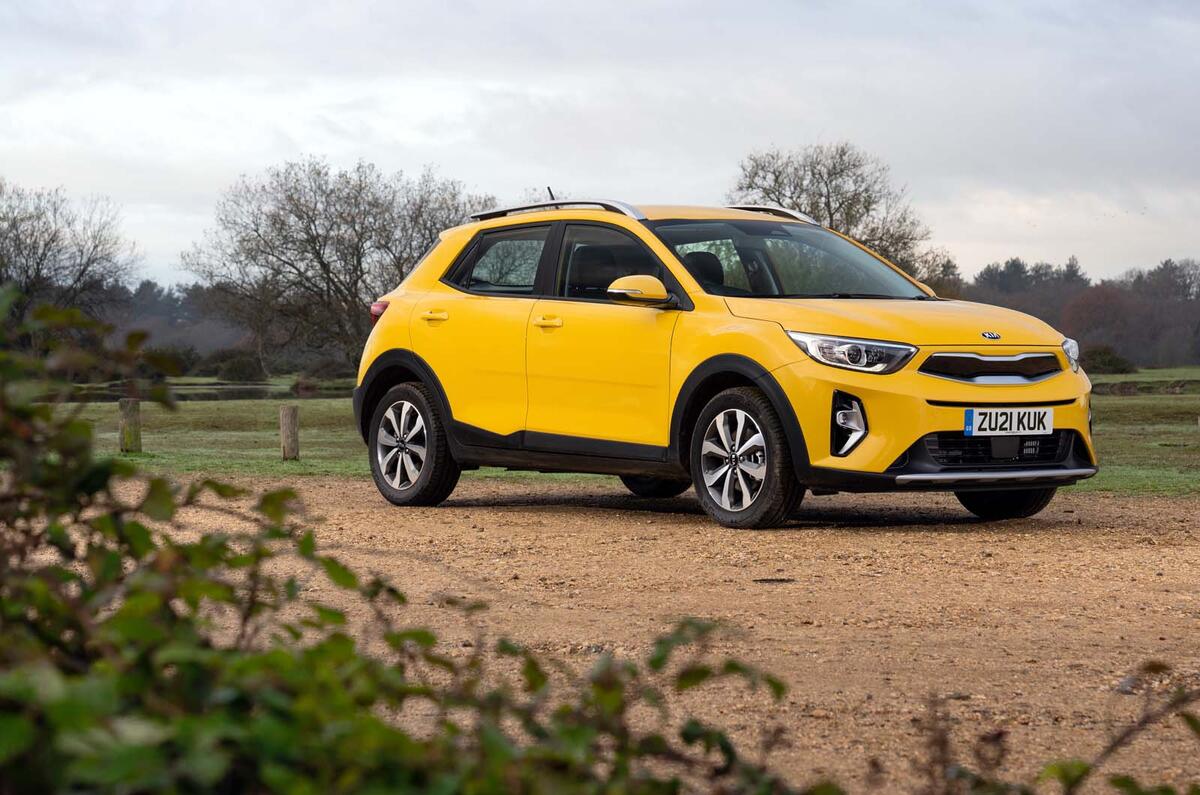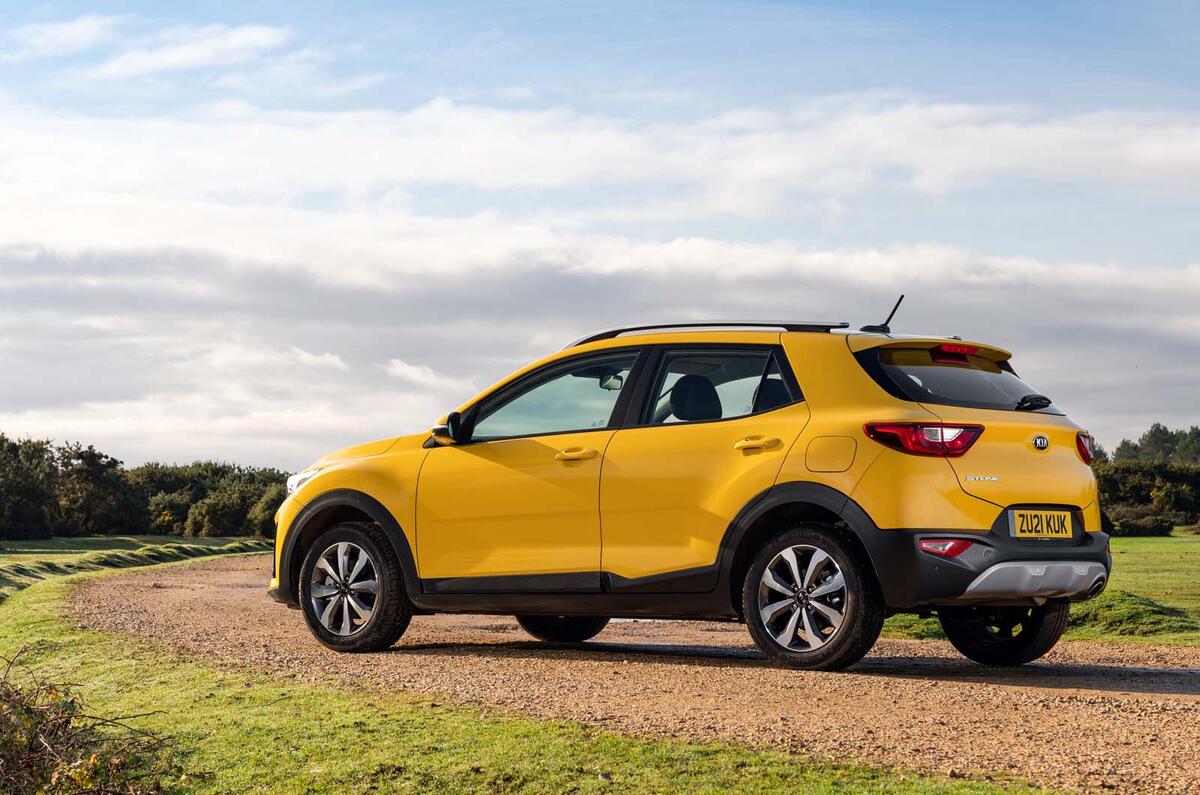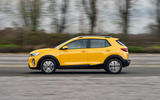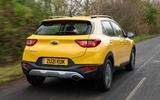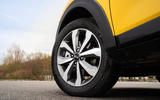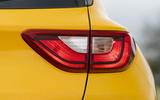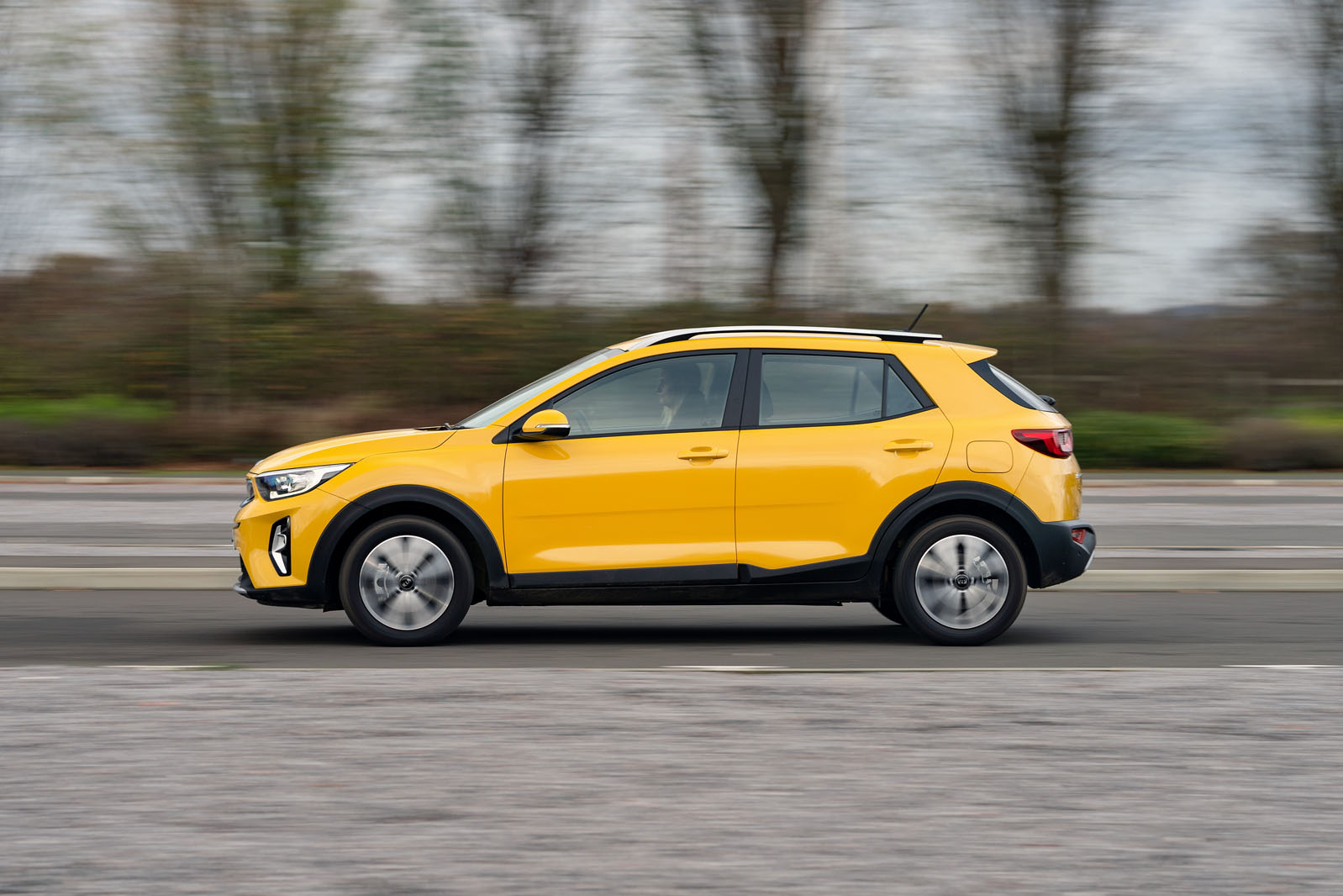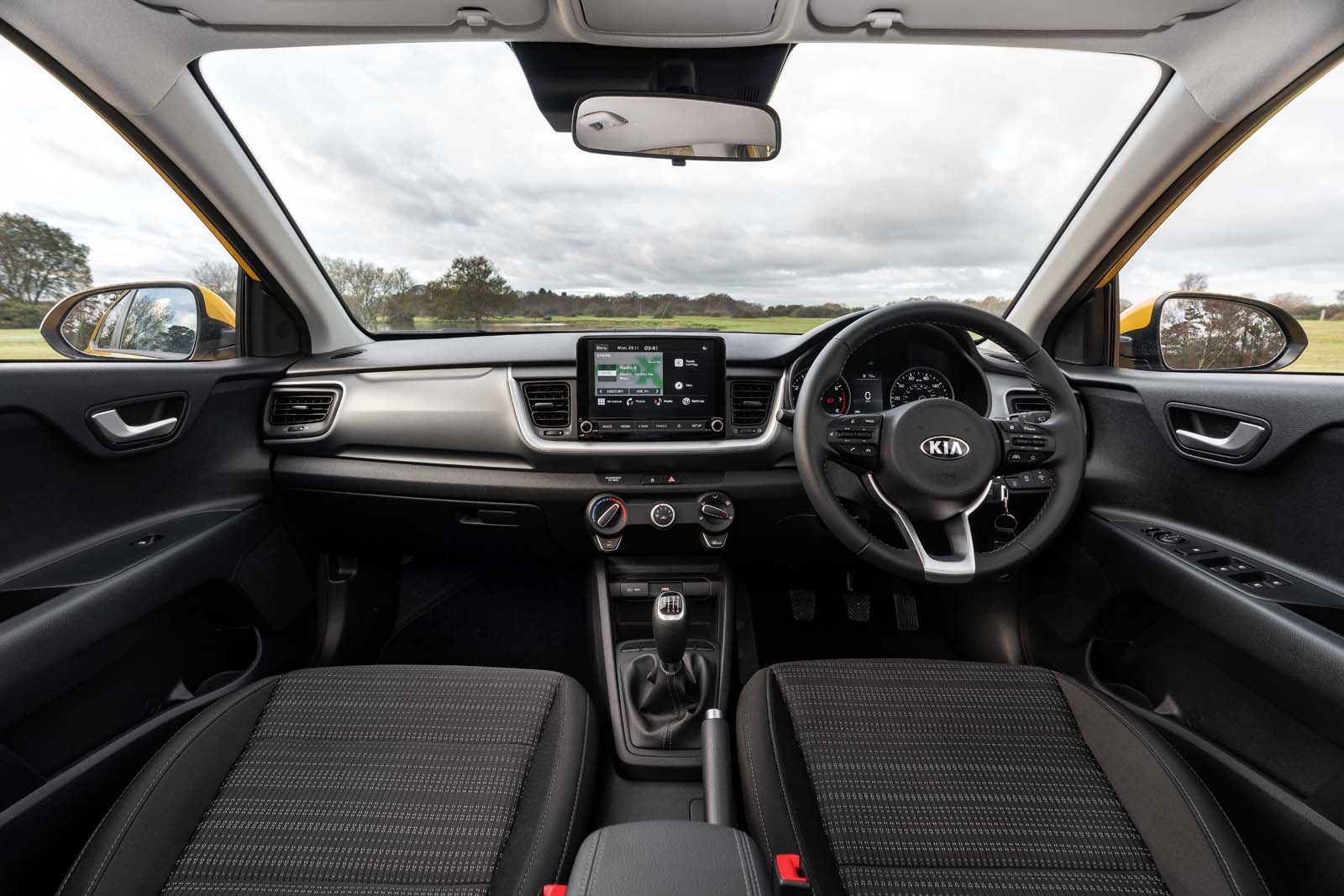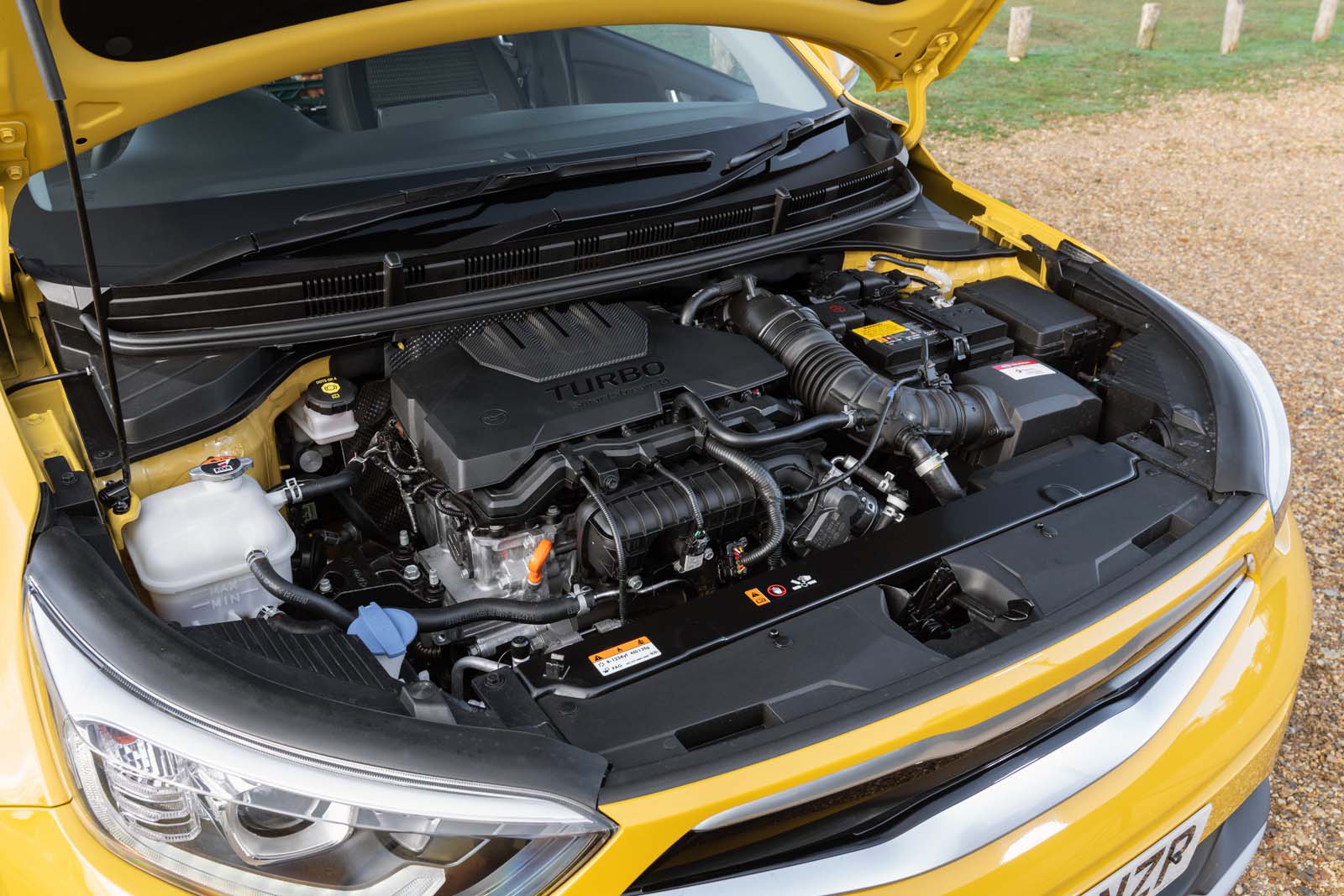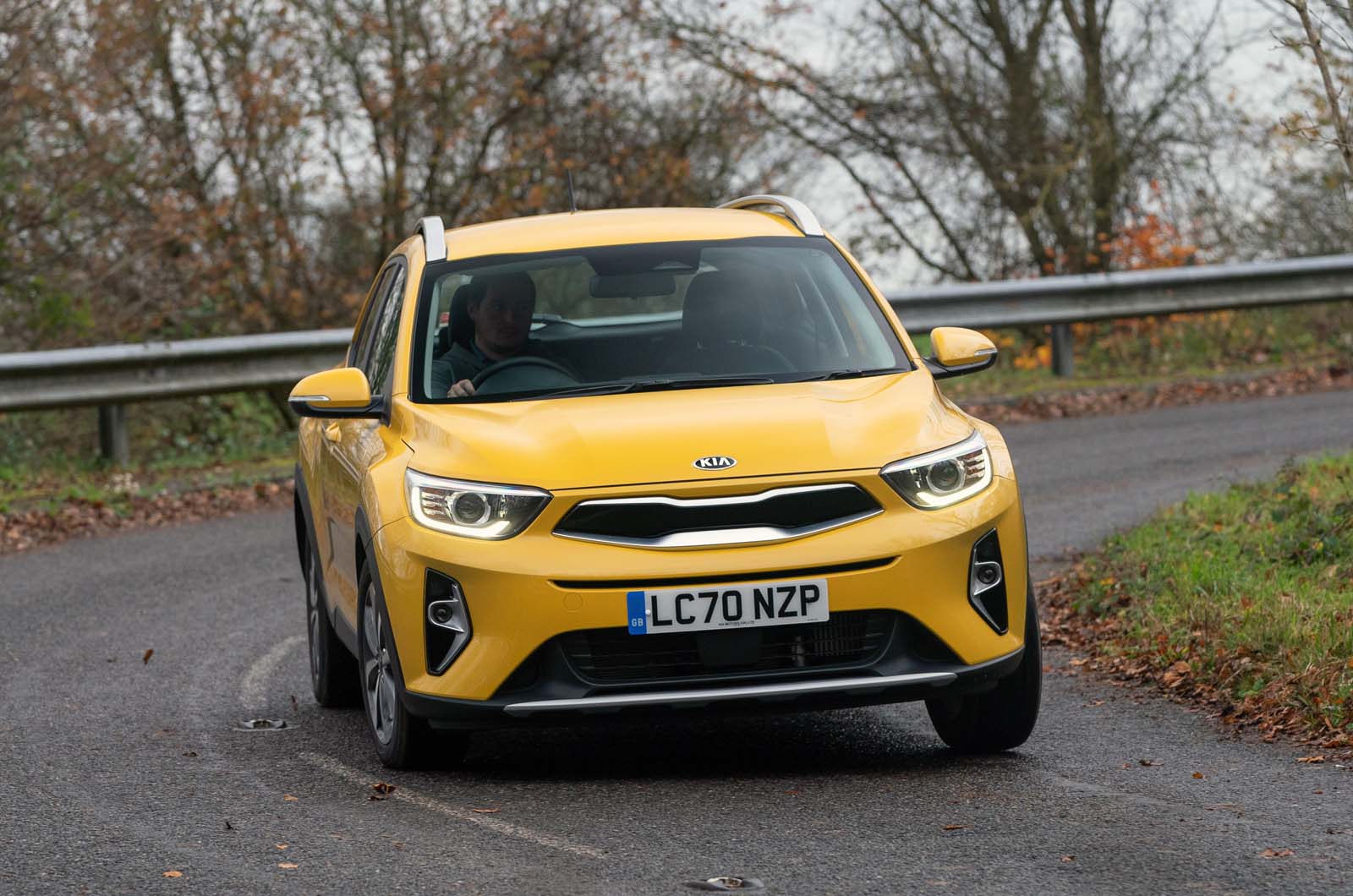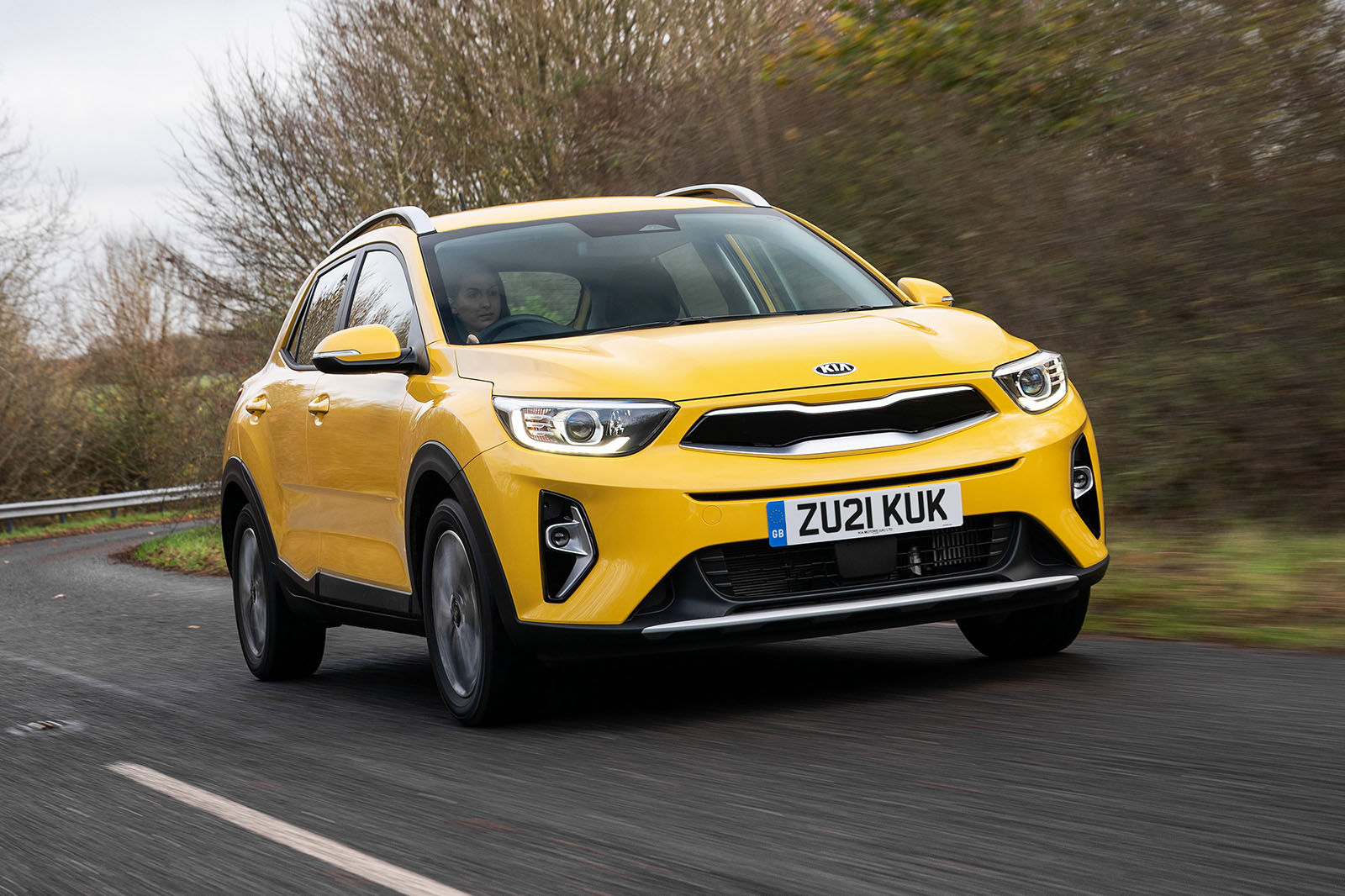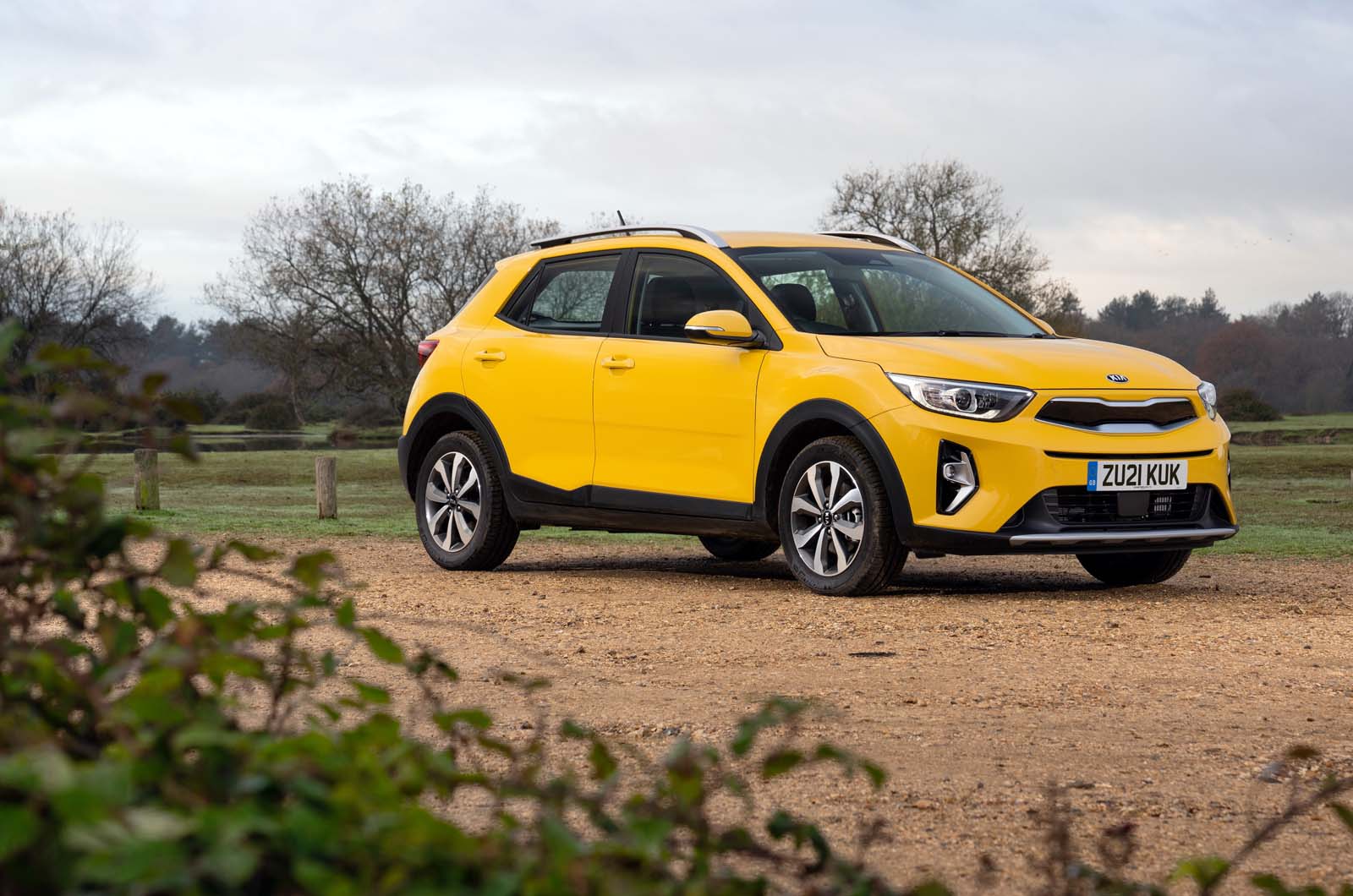Funny name, the Kia Stonic, isn’t it? It actually comes from the words ‘speedy’ and ‘tonic’. This blending of words is supposed to evoke youthfulness and fun, according to Kia. It's evoked plenty of reactions, that’s for sure.
But it's a good thing that the Kia stands out from the crowd – yes, crowd – because the small SUV market is one of the largest in the automotive space. In fact, since the Kia Stonic arrived in 2017, the compact crossover market has more than doubled in size – and that’s why almost every mainstream manufacturer (and even the odd premium brand) offers what is effectively a supermini on stilts.
At present, the key players in the field are the Ford Puma, Nissan Juke, Peugeot 2008 and the Stonic’s cousin, the Hyundai Kona. But with a smorgasbord of models filling the B-segment SUV buffet table, there is a question mark as to how many more platters it can take.
We’re told that those in the market for a soft-roader are typically uninterested by ruggedness and capability, but are instead after a hatchback-sized car – and they’ve decided that a five-door Volkswagen Golf or Ford Focus is a little too big for their needs.
Buyers want a high seating position that brings with it good visibility; a well-proportioned boot that’s good enough for the Friday big shop; and enough room in the back for children. But crucially, they want all this goodness in a lighter, more economical setting than the average family hatchback.


